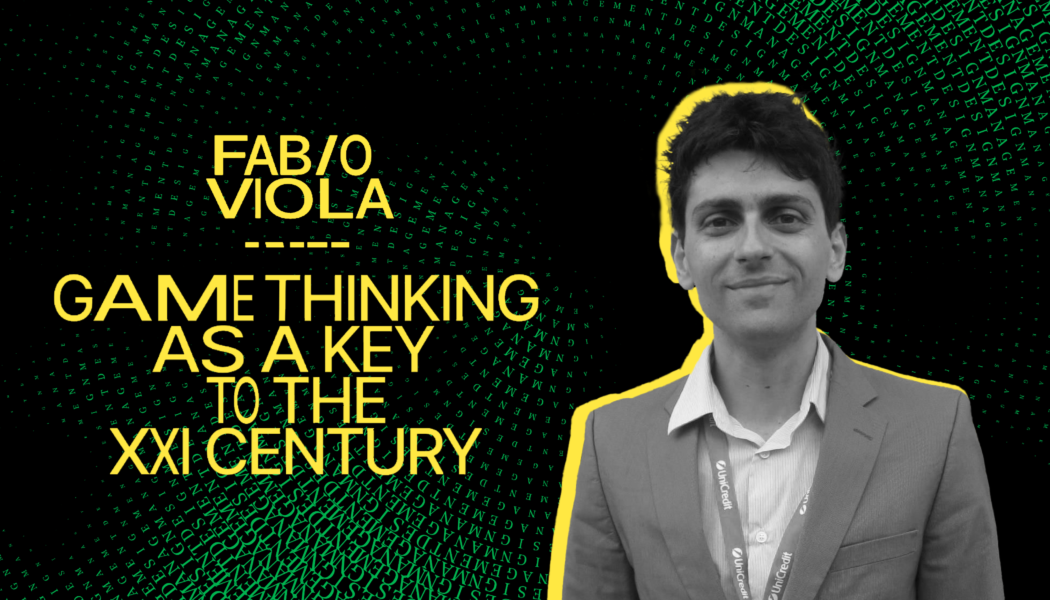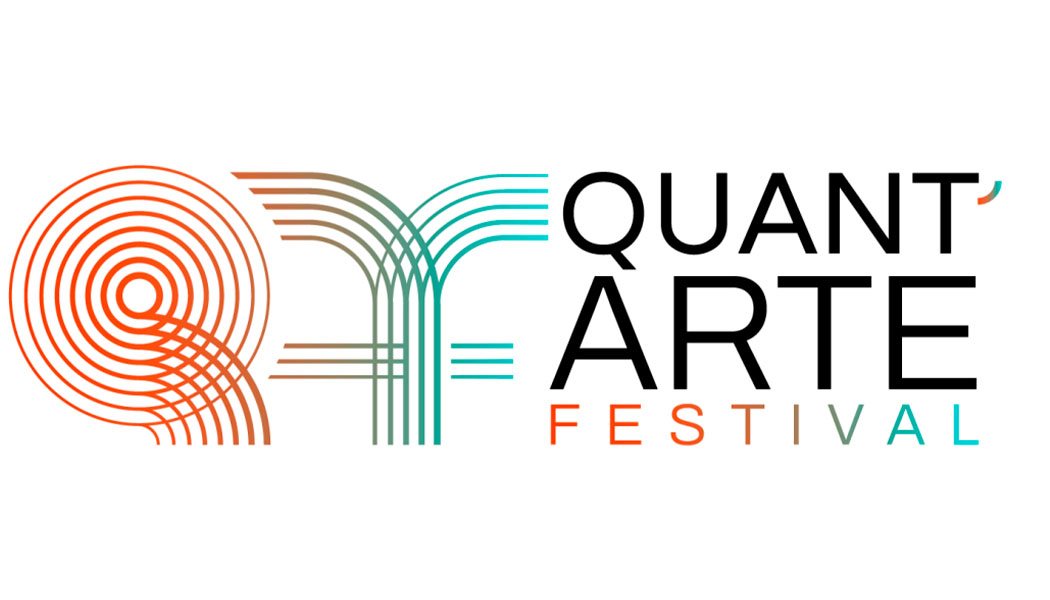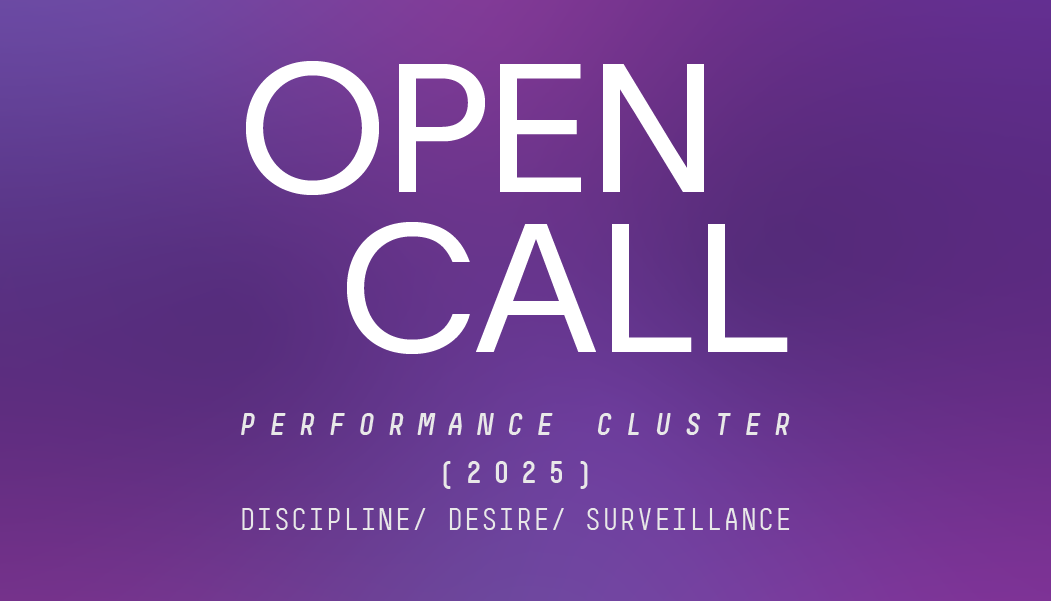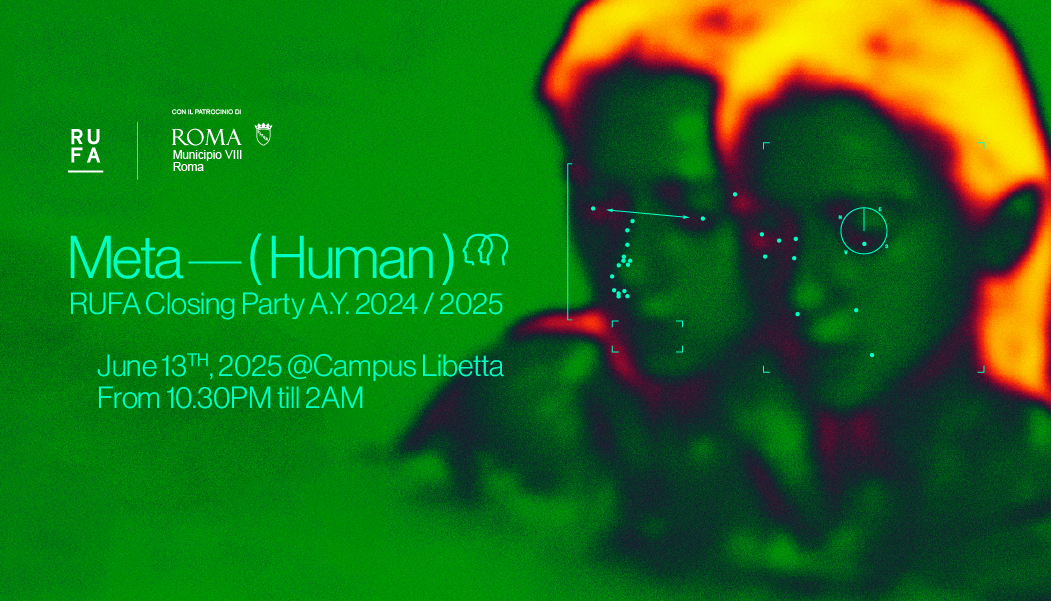Resources for making innovation
Introduction by Francesca Gollo, Coordinator of the Master’s degree in Design Management.
Article by Fabio Viola, game designer, Lecturer for the Master’s degree in Design Management.
In contemporary society the professional figure of the Game Designer is assuming increasing value in the more general sphere of design, partly as a framework for guiding innovation, but also in the management and organisation of public and private enterprises.
“The game is the place where decisions take place,” explains Fabio Viola, one of the world’s most influential game designers, creator of videogames for public and private organisations. “It requires a cognitive effort activated by competition and cooperation dynamics, which then results in lasting learning, because it is acted upon.”
Amy Jo Kim, also an entrepreneur and famous game designer, defines Game Thinking as: “The art and science of engaging customers in a compelling journey towards ‘mastery'” (i.e., the growth or enhancement of a skill).
The process of Design Thinking, via the cycle of emphatize/define/ideas/prototype/test, helps to place human beings at the centre of product and service development. Game Thinking, on the other hand, facilitates a focus on people’s personal journeys, on the experiences they have. In the following article, Fabio Viola, Lecturer for the Master’s programme in Design Management, discusses the developments and scenarios that await the game designer.
Game thinking as a key to the XXI century
Fabio Viola – Game Designer and co-author #GameDesigner (Franco Angeli)
The video-game industry has been able to break out of its initial technological and entertainment confines, assuming a central role in the imaginations and daily practices of almost three billion people. Of these, almost fifteen million reside in Italy – individuals who access this medium every year. It does not matter whether the gaming session takes place on a console, PC or smartphone. In any case, a progressive ludicisation of our society is taking place, which implicates the worlds of school, work, social affairs and economic relations, leading even those to play who have never (hitherto) either wanted or been able to do so.
Video games, and the new cultures associated with them, not only help us understand the present; they also offer the possibility of acting as beta testers of the society to come.
In a world immersed in the digital where every human action travels, directly or indirectly, along highways composed of bits, video games represent the ripest fruit of this post-modern paradigm.
As Zimmermann stresses, “Each of us will become a game designer,” in the sense that we will be actively called upon to participate in the game of life through our knowledge of game grammars and syntaxes.
The game designer, the professional figure at the heart of game thinking, now fully assumes the role of “experience designer”. Over the past 50 years, game creators have experimented and refined technicalities, equipping themselves with a toolbox that positions them as engineers of the human soul. This knowledge of audiences, and how to stimulate their interactions, has prompted more and more companies and public bodies to integrate the logic of gamification (a word that has entered the common lexicon since 2010) into their processes and products. They have done so by hiring game designers, gamification designers and/or engagement managers. No one is born a game designer, but we can progressively become one through an unwritten pact with the gamer; the game designer is allowed to make mistakes by learning from his or her mistakes.
But let us take a long jump back to the United States in the 1970s. Nolan Bushnell and Ted Dabney, pioneers of the video-game industry, experienced first-hand the need to improve their competence through confrontation with their audiences. After criticism of the user experience in Computer Space (1971), the engineering/creative duo released the iconic PONG (Atari, 1972). The simple table-tennis simulator allows the player to control a racket in the form of a white bar that can be controlled along the vertical axis of the screen, to challenge either the computer or a human opponent. The objective of the game is easily perceived by all, i.e., to hit the ball and send it back into the opponent’s court.
The first “unsuccessful” project led to the formulation of “Bushnell’s Law”, which holds that the best video games should be easy to learn but difficult to master.
This is a principle that has entered all design manuals, and which helps us understand why the game designer is a different figure from the technological specialist or pure designer: a figure, that is, in whom anthropological and psychological knowledge should merge. Dialogue with the public and a deep knowledge of the human soul are fundamental requirements in mastering this profession. Think of the game designer as the one who goes beyond the user-centred design methodology to a design that prioritizes the emotions and experiences of the user (engagement-centred design).
What if the entire world was designed to be neither too simple nor too complex, but with a progressive literacy curve in line with the capabilities of its citizens? What would our lives be like if we were constantly immersed in a state of flow, completely absorbed in the voluntariness of the playful act, not noticing the passing of time and constantly improving our life performance?
Imagine a world based on the involvement of billions of people able to consciously play the game of life by actively engaging and experiencing those rates of action, interaction and reaction that lie, for instance, at the heart of sessions with FIFA, Fortnite or Candy Crush.
Action, Interaction and Reaction as cornerstones of Engagement Design. In video games, the distinction between experience and artefact is blurred, and this creates a shear with respect to other languages and their respective creators. Cinema, books, and music all present forms of linearity between the structure imagined upstream and final fruition with the audience, which can only act outside the media experience.
If we seek to assign an unconventional definition of what a video game is, we could think of it as a “system in which the player is constantly called upon to make decisions.” A complex world based on meaningful choices, evoking dissonance with the world in which we live every day, where we are not allowed to choose or, at most, are asked to make merely “ornamental” choices.
Returning to the active work of the game designer, it is up to him/her to encourage forms of internal participation in the system through actions that can be physical, emotional and cognitive.
There is a non-linearity that confers protagonism on the participant, prompting him or her, when the transfer of power is well balanced and successful, to speak in the first person.
Phrases such as “I saved the princess”, “our clan won the challenge”, “I broke the track speed record”, etc., denote the transition from the third to the first person singular or plural. This is the magic of the video game compared to other areas of entertainment, where the spectator, reader or listener tends merely to speak of what they are experiencing in the third person.
This implicates not only action but also interaction, here understood as the ability to stimulate forms of collaboration, competition and coordination between groups (coopetition).
It is crucial to understand how video games represent the world’s main cultural consumption space today. This is an intrinsically collective space, insofar as the gamer is increasingly driven to collaborate and compete with his peers scattered around the world, going beyond the consolidated status of the historicised “spectator”. This also highlights a shift, inherent in the video-game medium, towards the idea of the “spectator” having the ability to interact within systems.
If this shift towards forms of spectatorship might already seem, to most, to justify the need for a game designer at the centre of future experiences, a further shift towards the “spectActor” must be anticipated. In this new participatory gradient, players are actively involved in the process of co-creating worlds through the generation of maps to be deployed in Minecraft, say, or infrastructures for Roblox and virtual objects, or sometimes NFTs, in the game platforms that underpin future metaverses such as The Sandbox. This entails a new form of diffuse authorship in which author and spectator, in their various forms, need each other to express themselves fully and generate meaning.
Last but not least, the game designer is entrusted with the need to imagine and execute organic systems endowed with reaction. With each action and/or interaction, the system should take up the input and generate a series of corresponding outputs. After all, this is the salient feature of the medium – the ability to constantly evolve by giving feedback in real time. There is a constant osmosis that allows the video game, or game-based system, to mould itself around the needs of the participant in a dialogue almost individual in nature (one to one) and no longer massified (one to many). So, the level of difficulty changes in relation to the player’s behaviour. The objects in the internal store will be reordered, or the continuation of the narrative will undergo changes, according to the paths or decisions taken by the spectator.
With the emerging, everyday relevance of the video-game medium, the work of the game designer becomes not only an extraordinary profession, but also an object of social and ethical responsibility. A job, certainly; but also a mission to rethink every moment of our daily lives.
Ready for the challenges of the Century of Gaming?
Fabio Viola – Game Designer and co-author of #GameDesigner (Franco Angeli)






